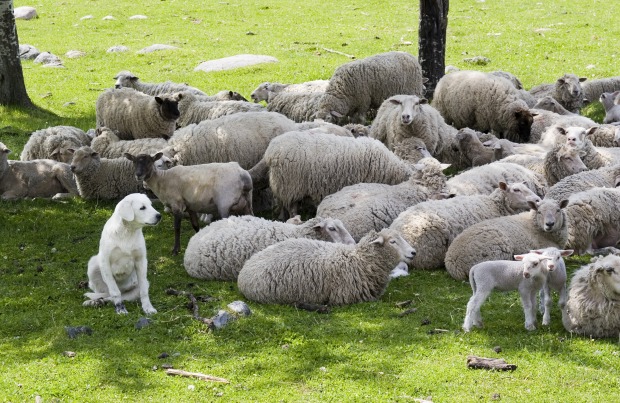Raising Sheep on a Small Farm : the Basics
Raising Sheep on a Small Farm: the Basics
Raising sheep can be fun and fulfilling on the off chance that you live on a little ranch or even in a country home with a touch of accessible field space. They are submissive, delicate creatures for interest ranches, and they fill some needs, for example, giving meat, fleece and even drain. For some provincial families, sheep are virtual pets.
On the off chance that you are thinking about raising sheep on your little ranch or residence, here are a few essentials to consider before you begin gathering your rush.
Sheep—Perfect for Small Farms and Rural Homesteads
Individuals have raised sheep for drain, meat, and fleece for a large number of years, and all things considered. Sheep have some particular points of interest over different kinds of domesticated animals:
Sheep are generally little and simple to deal with, contrasted and dairy animals and steeds.
Sheep needn't bother with consummate field arrive; they cheerfully eat brush, grasses, and weeds that develop in poor soil.
Sheep fertilizer will prepare the dirt. Sheep fields can be turned with edit planting. A previous sheep field is a superbly prolific spot for developing yields.
Sheep are delicate and resigned (in spite of the fact that rams can be forceful on occasion), and they are trainable. Sheep can be instructed to come when called, to tail you, and to stand when requested to).
Sheep needn't bother with much space. Indeed, even one section of land can bolster a little rush—three or four ewes and their sheep.
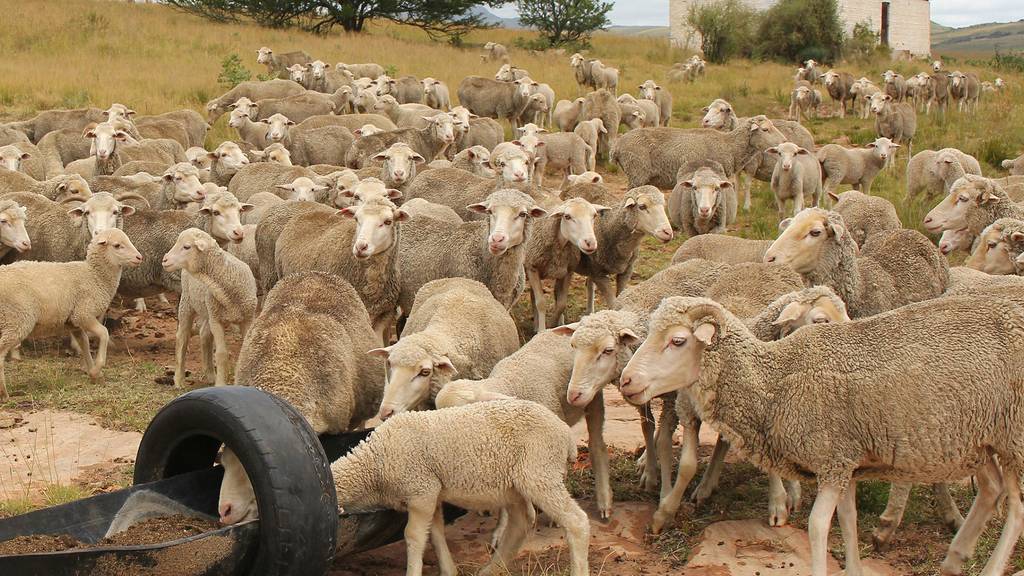
Choosing a Breed
While choosing the correct sheep breed, the primary thing to consider is the reason for the sheep. Is it accurate to say that you are raising them for meat or fleece, or similarly as pet lawnmowers? Or on the other hand would you say you are taking the less regular course and raising them for drain? In spite of the fact that sheep don't yield so much drain as dairy animals or goats, a few people do appreciate the essence of sheep's drain, and it can be utilized to make delightful cheeses and yogurts.
You will likewise need to think about your nearby atmosphere, so make an inquiry or two locally regarding what breeds are being brought by different agriculturists up in the region
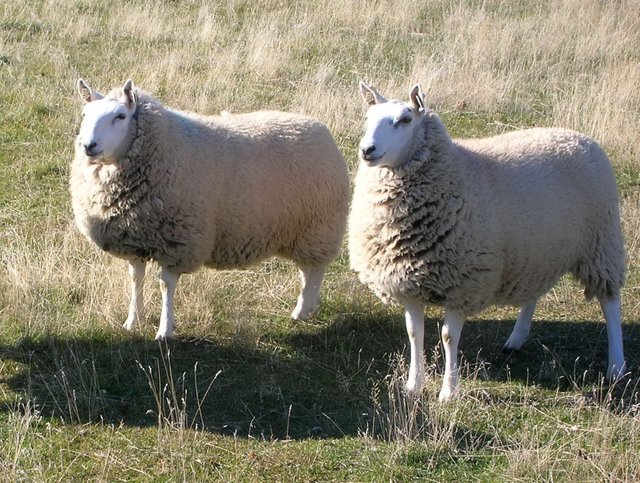
There are many types of sheep, yet the rundown of those most generally raised is genuinely little.
Dual-Purpose (Meat and Wool) Sheep:
Corriedale (extensive species, with abundant meat and glossy fleece)
Dorset (medium size, with thick white fleece)
Polypay (sheep are created often and develop rapidly)
Tunis (medium estimated with rich fleece)
Columbia (huge breed with thick grayish fleece)
Romney (has long, shiny wool)
Meat-Only Sheep:
Hampshire (one of the biggest breeds)
Katahdin (low upkeep)
Suffolk (the most well known breed in the U.S.)
Dairy Sheep:
East Friesian (great drain maker, yet to some degree hard to raise)
Lacaune (great breed for cheddar)
Awassi(gentle breed with shaggy fleece)
Buying Sheep
In the wake of choosing a breed, watchful determination of individual creatures is basic. Ensure that you buy sheep straightforwardly from the individual who raised them. Take a gander at the rush the sheep originates from, converse with the rancher about the historical backdrop of the creature and its folks.
Check the sheep's physical condition, particularly the accompanying subtle elements:
Eyes ought to be clear and splendid.
Teeth ought not be worn or missing. The lower jaw must not be undershot or overshot.
Check the head and neck for bumps or swelling, which may mean an untreated worm invasion or canker.
The sheep's hooves ought to be trimmed appropriately and the sheep ought not limp (ensure other sheep in the run are not limping either, on the grounds that this may mean they have foot spoil, which can taint your sheep).
The sheep ought to have a wide back and profound body and not be too thin or excessively fat. Potbellies can demonstrate worm pervasion.
If purchasing a grown-up ewe, ensure the udder is solid and not knotty—this can show mastitis and can harm her drain creation for future sheep.
Having a vet examine any sheep you need to buy can enable you to pick the best sheep.
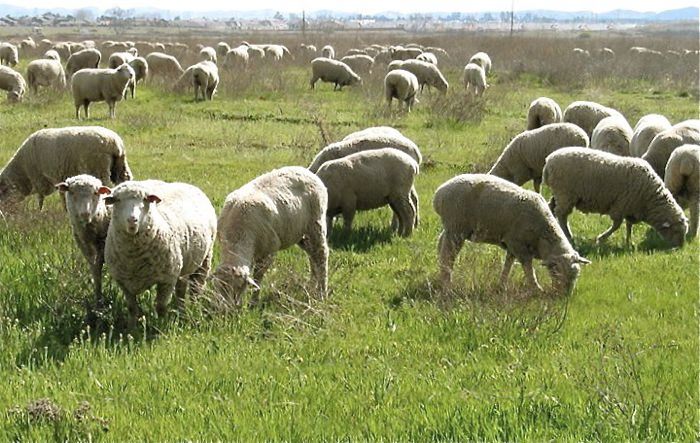
Care and Feeding of Sheep
Sheep are ruminant creatures, which implies they eat overwhelmingly plants such crisp grass and feed. They can flourish pleasantly in the event that they are encouraged only great field grasses, salt, a vitamin and mineral supplement, and crisp water. Fields for sheep can incorporate a blend of grasses, brush, and trees. As a rule, one section of land of good quality field can bolster four sheep.
While the field grass is developing, sheep can bolster themselves without supplements, however in the winter or if there is a dry spell, you should supplement their eating routine with feed and additionally grain. Make a point to utilize a raised feeder instead of putting the roughage on the ground, where it will get wet and grimy. Ewes who are going to sheep, or sheep you are raising for advertise, will profit by supplements of grain.
A decent supplemental grain blend prescribed by the University of Minnesota is 50 lbs. of shelled corn, 20 lbs. of oats, 20 lbs. of wheat grain, and 10 lbs. of linseed feast. Sheep require more protein than other munching creatures, and where field grasses are poor or not sufficiently abundant to give this, grain supplements give vital supplements.
Vitamins and mineral supplements ought to be detailed particularly for sheep. Mineral blends for different creatures may contain substantial levels of copper, which can be poisonous to sheep.
Like different ruminants, sheep require salt to forestall swelling. Salt can be offered in granulated or free shape. Never utilize a salt square.
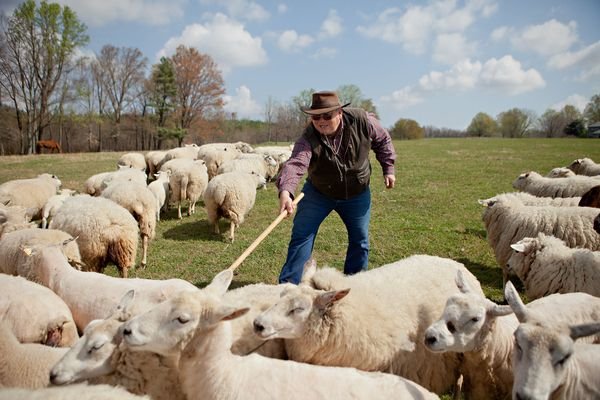
Fencing and Shelter for Sheep
The best kind of fence for sheep is a smooth-wire electric or woven wire non-electric fencing. You utilize electric net fencing for transitory enclosures. Pivoting sheep into various enclosures keeps them on new field.
In sweltering atmospheres and in warm summer months, sheep require some shade, either from trees or an open rooftop structure. Ensure they have a lot of crisp, cool water (ideally not in excess of 50 degrees F.) amid these circumstances.
Sheep needn't bother with much insurance; they like to have a basic, south-bound, three-sided shed to shield them from the most exceedingly bad of the rain, icy, snow and wind. Utilizing a light, convenient shed enables you to move it to their present enclosure. The shed size ought to take into consideration 15 to 20 square feet for each grown-up sheep.
One special case is if your sheep bring forth sheep amid the winter. Assuming this is the case, a little horse shelter or tough encased shed is important to ensure the youthful creatures.
Indeed, even with little runs, singular sheep will require consideration once in a while, so some sort of taking care of office is expected to keep singular creatures for shearing or for medicinal treatment. This can be a genuinely basic chute or driving pen. This will be significantly more secure than endeavoring to pursue and catch creatures to deal with them.
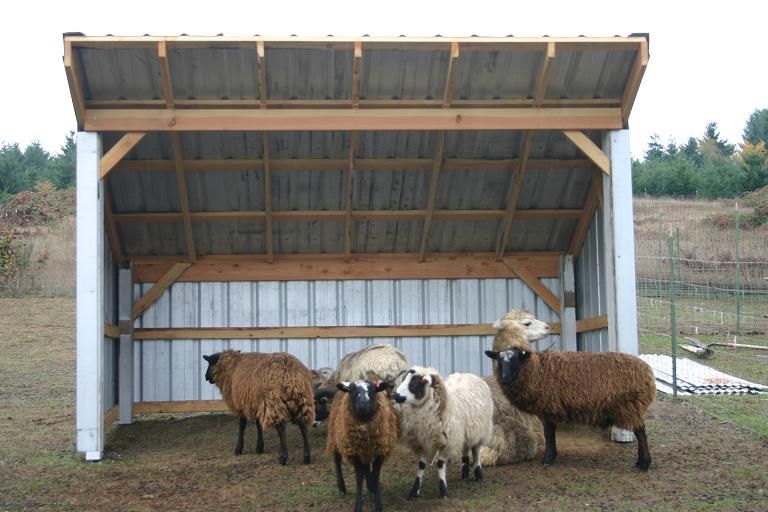
Handling Sheep
Sheep are somewhat simple to deal with in the event that you see a few fundamentals of how they intuitively move and carry on:
Sheep constantly tend to advance toward other sheep and tail others in the run.
Sheep like to move tough and toward open zones, far from control and structures.
Sheep can be grouped better around delicate corners or bends where they can't perceive what lies ahead.
Sheep dependably move far from things that alarm them.
As is valid for most creatures, offering sustenance is the most ideal approach to prepare sheep. Sheep adore grain, peanuts, and apples. Bait them in with their most loved treats and urge them into tailing you, however be mindful so as not to influence them to think you are pursuing them. Sheep have just a single protection against predators or peril: to cluster together and hurried to get away.
You should figure out how to get the sheep to come to you willfully in light of the fact that in the event that you endeavor to drive them into a stable or other walled in area, they will feel caught and decline to enter. Sheep normally need to rush, which implies once you get one sheep to come to you, the others will probably take after.
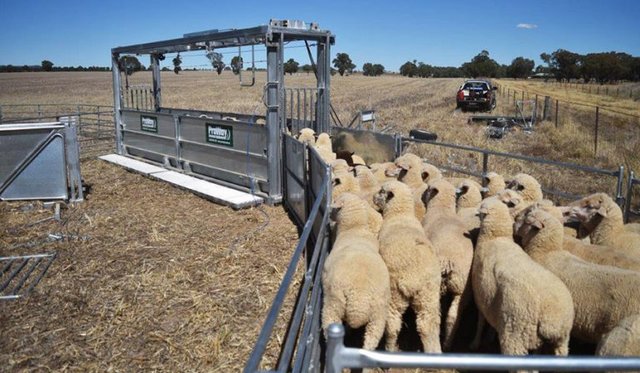
Guarding Against Problems
Sheep can be defenseless to parasites, particularly when an excessive number of sheep are kept too firmly together. You can keep this by turning pastures each half a month. Should your sheep wind up tainted, controlling parasites may require deworming medicines.
The nation over, a huge number of sheep are lost every year to coyotes and wolves. While you might not have these predators in your general vicinity, know that mutts are likewise a principle predator of sheep. Foxes and even falcons and different winged animals of prey can hurt your sheep, too.
Some approaches to manage predators include:
Maintain some gatekeeper creatures, for example, prepared canines, jackasses, or llamas in your field.
Light corrals and pens during the evening, and utilize high, tight fencing.
Keep sheep in an open field inside your field of sight, so you can react if predators show up.
Use "live traps" or pens for catching raiding pooches, instead of traps. With live traps, innocuous creatures can be discharged.
Put chimes on your sheep.
